Ground fault and arc fault are sometimes used interchangeably but they are actually two separate things.
Need Circuit Breakers For Your Project?
Get A Circuit Breaker QuoteSell To Us
Got Electrical Equipment You Don't Need?

Reduce Your Electrical Inventories & Earn Cash
Sell My EquipmentPanelboard
Need a Panelboard for Your Project/Job?

Our Experienced Sales Engineers Can Help Design the Right Panelboard For You
Learn MoreTransformer Oil Testing
Is Your Transformer Due For Servicing?

Get Your Oil Analysis & Fluid Testing Done By Our NETA-Certified Techs
Learn MoreElectrical Product Resources
Product Training Product Safety Product Guides Product News Featured Products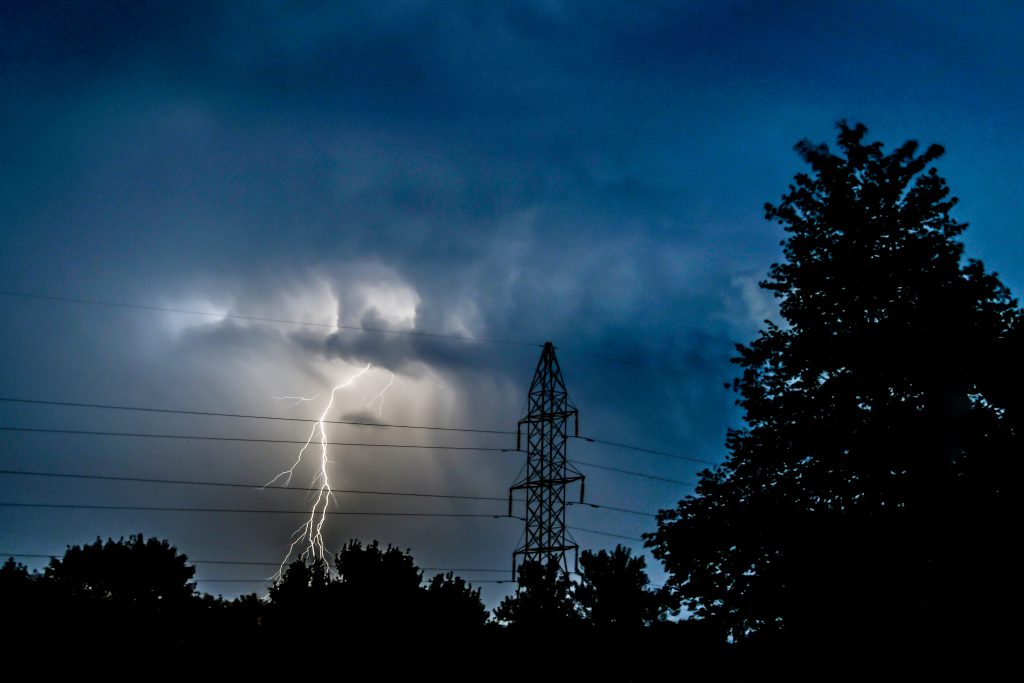
Ground fault is a type of short circuit sometimes known as “short to ground.” It happens when current going out on ungrounded phase (energized “hot” current) accidentally makes contact with a ground path. Electricity always wants to find a path to ground. Sometimes this unintentional path to ground is a person’s body. Ground fault causes electric shock that could be severe or fatal to people.
On the contrary, arc fault is when two metal contact points form an electrical current spark, also known as “arc.” This spark, or arc, is normally due to damaged or corroded wirings connections. The arcing of the wires could generate heat and potentially cause fire.
Since these situations are dangerous to the public, the National Electrical Code has required protection devices to prudently prevent electrical shock and fire.

Ground Fault Circuit Interrupter (GFCI)
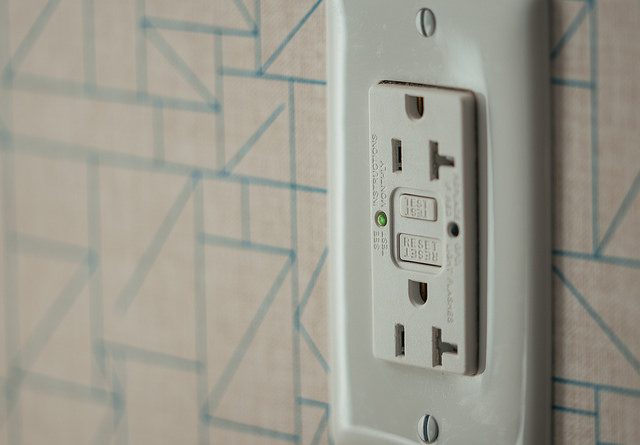
Circuit breakers on their own sometimes do not trip fast enough to prevent an electrical shock. Therefore, Ground Fault Circuit Interrupter (GFCI) devices prevent severe or fatal electrocution and protect human life. They are faster at detecting a short in the circuit (power change) and acts quickly to trip (stop) the circuit, preventing a shock.
For example, if a human body is about to receive an electric shock, the GFCI senses this and stops the power even before the person feels a shock and gets injured. For instance, Square D GFI breakers (5ma ground fault protection) helps protect people from serious injuries if electricity flow through their body to ground without them noticing the shock.
The National Electrical Code (NEC) requires GFCI devices to be installed in areas where ground fault are most likely to occur, such as outdoor locations. This protects people from potential electrical shocks in places where they would normally occur.
GFCI Circuit Breakers
Here is a list of some popular GFCI breakers available in the market:
Arc Fault Circuit Interrupter (AFCI)
If you’ve ever heard a buzzing noise when you turn a light switch, that noise is from wiring connections arcing. The arcing generates heat that could break down insulation around the wires, which could lead to an electrical fire. You should definitely look into fixing this issue immediately and install an Arc Fault Circuit Interrupter (AFCI) to prevent fire hazards.
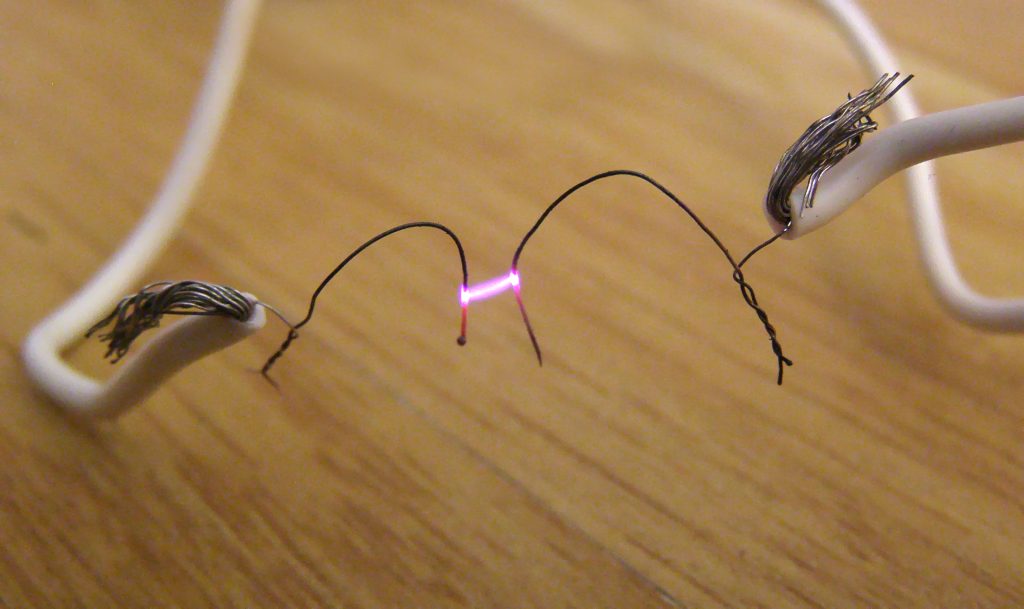
ACFI uses advanced electronic technology to sense different arcing conditions. There are different technologies by different AFCI manufacturers to measure arcs but they all do the same thing. According to the NEC, AFCI senses line-to-line, line-to-neutral, and line-to-ground (parallel arcs). They could also sense arcing in series with one of the conductors (series arcs). AFCI protects the branch circuit wiring from arcing faults that could start an electrical fire.
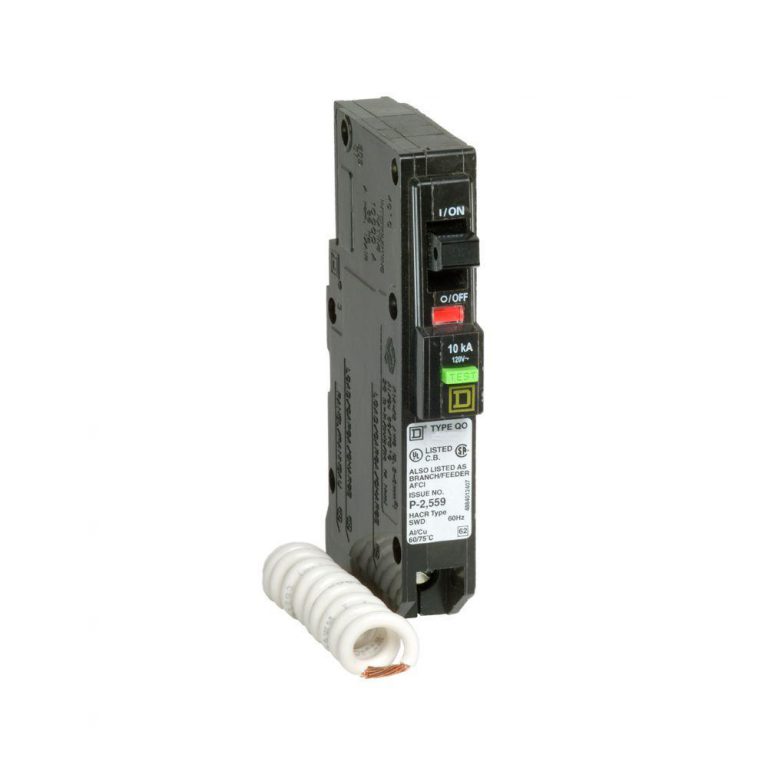
Another type or arc fault protection is the Combination AFCI breakers (CAFI), which is the combination of parallel and series arc fault protection. Like other arc fault interrupter, this helps protect against fire hazards from arcing of damaged electrical wiring. Square D is a manufacturer of CAFI breakers which have a white test button on them.
Special AFCI circuit breakers protect outlets and device in the circuit. But you can also install AFCI outlets if your circuit is not protected. The NEC doesn’t require AFCI protection on existing installations. However, if you’re extending or updating your circuit, the NEC requires you to install AFCI protection. AFCI is now mandatory in all circuits feeding living spaces such as kitchens, bedrooms, laundry, etc. It’s a good point to note, though, that not all jurisdiction follow the NEC, in this case it would be good to research if AFCI protection is required in your community.
AFCI Circuit Breakers
Here is a list of some popular AFCI breakers available in the market:
Combination AFCI breakers:
Dual Function

GFCI cannot protect from electrical fire and AFCI cannot protect from electrical shock. In 2014, the NEC started requiring both GFCI and AFCI in kitchen and laundry circuits. Also, new locations where AFCI is required overlapped with locations where GFCI is required as well. In the past, the only option was to install AFCI circuit breakers with GFCI receptacles at specific locations.
Now the market has Dual Function devices, such as circuit breakers, that combine GFCI and AFCI to protect the entire circuit. This Dual Function helps prevent ground faults and arc faults at the same time. The combination of these two devices makes a great solution that saves people money and time when it comes to installation and maintenance of the devices.
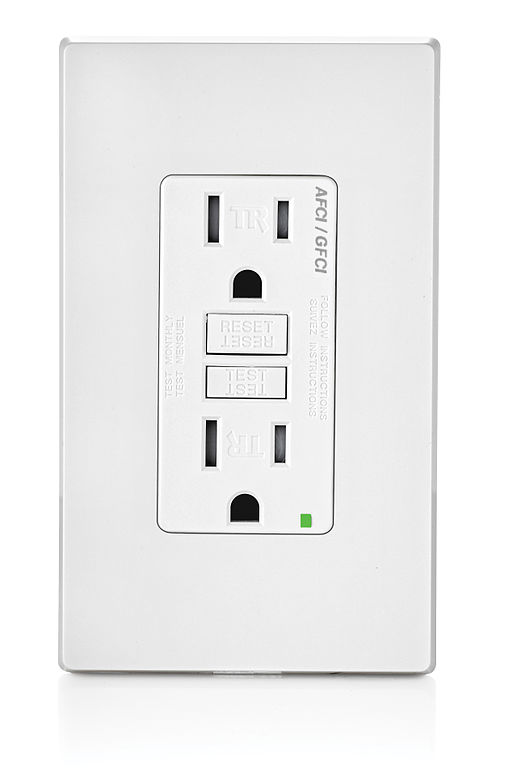
Dual Function Circuit Breakers
Here is a list of some popular dual function breakers available in the market:
Conclusion
Ground fault and arc fault are very dangerous incidents that causes electrical shock and fire and the NEC recognizes this. The requirement of GFCI and AFCI is a great solution but also costly to many people. Dual Function combine these two protection devices into one and generates money and time savings for consumers.

